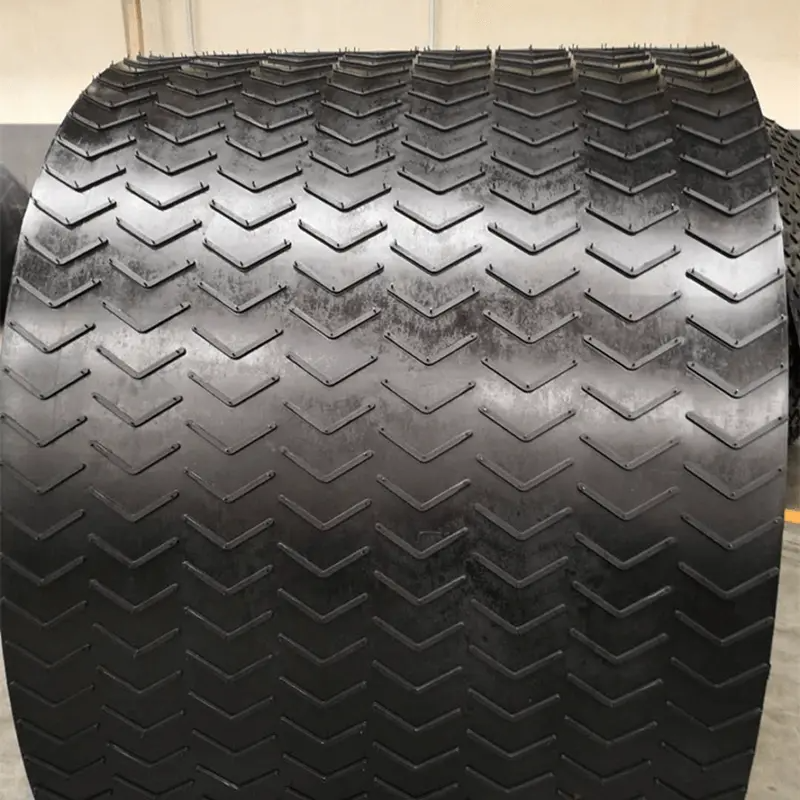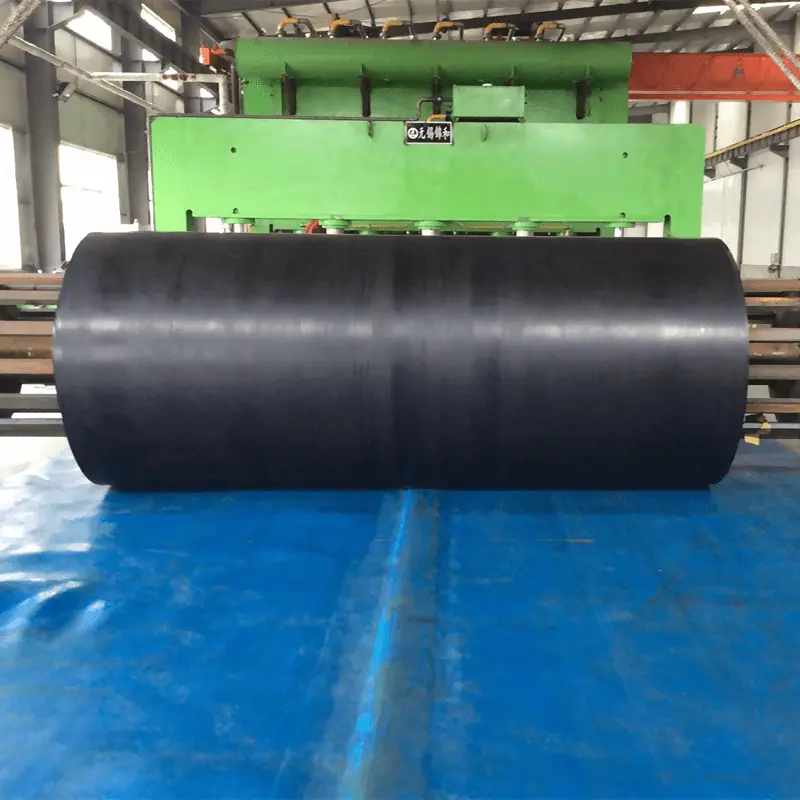Views: 179 Author: Site Editor Publish Time: 2025-08-25 Origin: Site









When it comes to material handling, manufacturing, or warehousing, conveyor belts play a vital role in keeping production lines efficient and continuous. The search for conveyor belts for sale is not simply about finding a product — it’s about investing in a durable, reliable, and cost-effective solution that enhances productivity. This article offers an in-depth look into conveyor belt types, uses, benefits, and how to choose the right one for your business operations.
Conveyor belts are an essential component in modern industrial systems. They are designed to transport goods, materials, or products from one point to another in a controlled, efficient, and often automated manner. Industries such as manufacturing, mining, agriculture, food processing, and logistics rely on conveyor belts to streamline workflows, reduce labor costs, and minimize human error. When you explore conveyor belts for sale, you will notice they come in various sizes, materials, and configurations, each serving a different operational purpose. The choice of conveyor belt depends on the type of materials you need to move, the required load capacity, and the environmental conditions in which the belt will operate.

Choosing the right conveyor belt starts with understanding the available types. Here are some of the most common options found on the market:
| Type of Conveyor Belt | Best For | Key Advantages |
|---|---|---|
| Rubber Conveyor Belts | Heavy-duty materials, mining | High durability, shock resistance |
| PVC Conveyor Belts | Food & beverage, light manufacturing | Hygienic, easy to clean |
| Steel Cord Belts | Long-distance, heavy loads | High tensile strength, long lifespan |
| Modular Plastic Belts | Packaging, bottling | Easy replacement, flexible design |
| Heat-Resistant Belts | Hot material handling | Withstands high temperatures |
Each of these types offers unique benefits. Rubber belts, for example, excel in mining due to their resistance to abrasion, while PVC belts dominate the food industry because they meet hygiene standards. When browsing conveyor belts for sale, understanding these distinctions ensures you select the most suitable option for your operational needs.
When investing in conveyor belts for sale, the decision should be based on more than just price. Here are the crucial factors to keep in mind:
Load Capacity – The belt must be able to carry the intended weight without stretching or breaking. Overloading can cause premature wear and tear.
Material Compatibility – Ensure the belt material matches your product type. For instance, abrasive materials require belts with strong surface resistance.
Operational Environment – Consider exposure to moisture, chemicals, extreme temperatures, or sharp objects.
Maintenance Requirements – Low-maintenance belts may cost more initially but save significantly over time.
Energy Efficiency – Belts with low rolling resistance can reduce energy consumption and operational costs.
These considerations ensure that your conveyor belt investment pays off over the long term, minimizing downtime and maximizing throughput.
The advantages of purchasing the right conveyor belt extend far beyond basic transportation. Businesses that choose wisely can expect:
Improved Efficiency: Conveyor belts automate the movement of goods, ensuring faster and more consistent operations.
Reduced Labor Costs: Fewer workers are needed to handle material transport, allowing you to allocate manpower to higher-value tasks.
Enhanced Safety: By minimizing manual handling, the risk of injury is significantly reduced.
Consistency in Production: Conveyor belts ensure uniform movement, which is vital in industries such as food production, where timing and quality control are critical.
Long-Term Cost Savings: Durable belts with proper maintenance last for years, reducing replacement frequency.
These benefits make conveyor belts for sale a worthwhile investment for almost any industrial or commercial application.
Even the highest-quality conveyor belts require maintenance to ensure optimal performance. Routine inspections can detect early signs of wear, such as fraying edges, misalignment, or unusual noises. Lubricating moving parts, cleaning the belt surface, and adjusting tension regularly will extend the belt’s service life. Many businesses also implement a preventive maintenance schedule, replacing critical components before they fail. When looking at conveyor belts for sale, it’s wise to factor in the ease of maintenance, availability of spare parts, and technical support.

1. How long does a conveyor belt last?
The lifespan depends on usage, load, and environment, but high-quality belts can last anywhere from 3 to 10 years with proper maintenance.
2. Can conveyor belts be customized?
Yes. Many suppliers offer customization in length, width, material, and load capacity to fit your specific operational needs.
3. Are used conveyor belts worth buying?
Used belts can be cost-effective, but it’s crucial to inspect them for wear, damage, and compatibility with your system.
4. How do I choose the right conveyor belt?
Evaluate your operational requirements, including load, environment, and budget, then consult with an expert to find the most suitable option.
5. What industries benefit most from conveyor belts?
Manufacturing, mining, agriculture, food processing, packaging, and logistics are among the top sectors that rely heavily on conveyor systems.
Finding the right conveyor belts for sale involves understanding the various types, assessing operational needs, and considering long-term benefits. By investing in a high-quality conveyor belt, businesses can achieve higher productivity, lower costs, and improved workplace safety. Whether your operations require a robust rubber belt for heavy-duty tasks or a hygienic PVC belt for food production, the key is to match the product to your unique environment and workflow. With proper selection and maintenance, a conveyor belt becomes more than a piece of equipment — it becomes a core asset driving business success.
